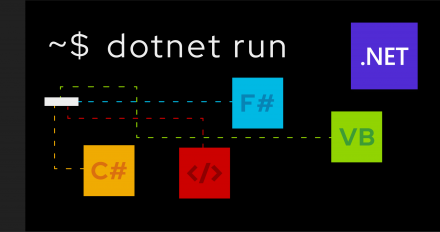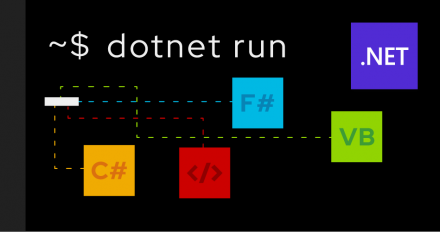C, C#, and C++ Docs & Development
Documents, articles, and more about C and its extensions, C++ and C#.
C, C# and C++ Articles

Some more C# 12
Explore C# 12 advanced features, including inline arrays, optional params and params in lambda expressions, ref readonly parameters, aliasing any type, and the UnsafeAccessorAttribute.

C# 12: Collection expressions and primary constructors
C# 12 provides two features that are useful in everyday development: collection expressions and primary constructors.

Improvements to static analysis in the GCC 14 compiler
Learn about static analysis improvements coming in GCC 14 with -fanalyzer, which helps identify issues in C code at compile-time, rather than at runtime.

Our top Linux articles for developers in 2023
Check out the top 10 Linux articles we published for developers in 2023, covering new features in Red Hat Enterprise Linux, containers, GCC 13, and more.

Vectorization optimization in GCC
Learn how developers can achieve higher performance using the GCC compiler system's vectorization features.

.NET 8 now available for RHEL and OpenShift
.NET 8 is now generally available, targeting Red Hat Enterprise Linux 8.7, 9.1, and Red Hat OpenShift. Here’s what developers need to know about this new major release.
